Curing medical insurance ills
Updated: 2016-01-13 07:54
(China Daily)
|
||||||||
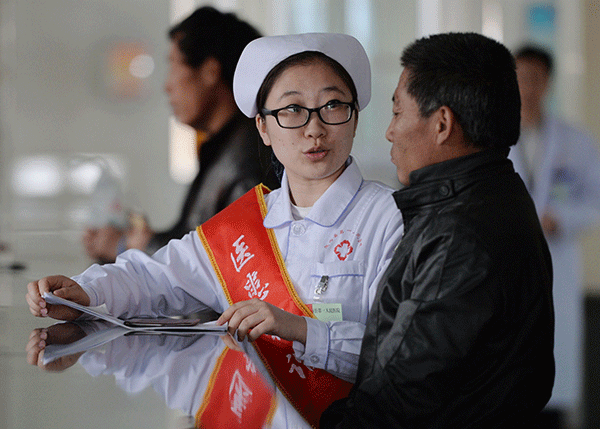 |
|
A nurse explains how to claim reimbursement from the national medical insurance program in Longxi County No 1 People's Hospital in Gansu province.[Photo/Xinhua] |
China's medical insurance system is in trouble. Simply put, it will not make ends meet in a few years if no steps are taken.
The medical insurance fund has failed to keep up with the surging rise in medical expenses that have been growing at a double-digit rate each year. According to the Chinese Academy of Social Sciences, it is going to see a shortfall nationwide around 2020 at the latest if things continue as they are.
This has led to calls for people's contributions to the fund to be increased and for the government's contribution ratio to be raised. However, the latter has prompted concerns that it might put strain on government finances and even suggestions that it might later lead to "excessive social welfare". Yet such concerns are unwarranted because the level of social security in China remains low.
While it is no surprise that some experts have suggested people should have to contribute more to the fund, higher personal contributions seem unrealistic.
An average employee in the Chinese mainland already pays around 40 percent of his or her income for basic welfare that covers their medical care, pension, housing and unemployment insurance. This situation makes any talk of higher contributions from them impractical, and risks scaring away those who are yet to join the system.
Looking at the pockets of the general public should be the government's last resort.
However, there is still a lot that the government can do to make the medical insurance system sustainable, without increasing employees' contributions.
The administrative costs of the fund are many times more in China than in developed countries, leaving much room for improvement in terms of cutting costs and raising efficiency. This requires not only a high level of transparency in which the system is operated, but also markedly improved management skills.
- A glimpse of Spring Rush: little migrant birds on the way home
- Policy puts focus on genuine artistic students
- Police unravel market where babies are bought, sold as commodities
- More older pregnant women expected
- Netizen backlash 'ugly' Spring Festival Gala mascot
- China builds Mongolian language corpus
- 2 Chinese nationals killed, 1 injured in suspected bomb attack in Laos
- New York, Washington clean up after fatal blizzard
- 'Plane wreckage' found in Thailand fuels talk of missing Malaysian jet
- Washington shuts down govt, NY rebounds after blizzard
- 7 policemen, 3 civilians killed in Egypt's Giza blast
- Former US Marine held in Iran arrives home after swap
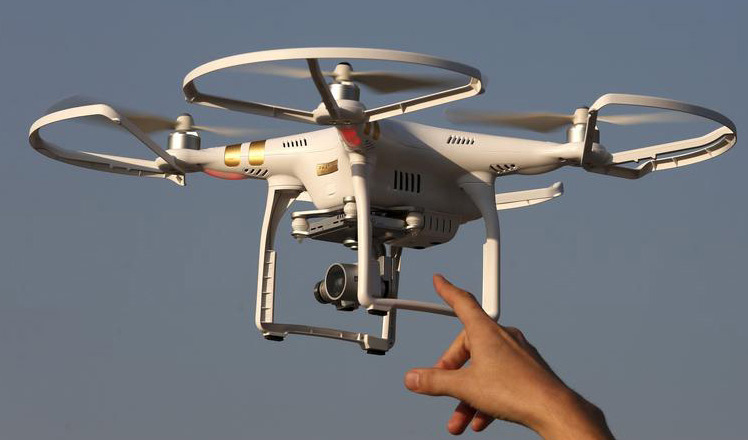
 Drone makers see soaring growth but dark clouds circle industry
Drone makers see soaring growth but dark clouds circle industry China's Zhang reaches Australian Open quarterfinals
China's Zhang reaches Australian Open quarterfinals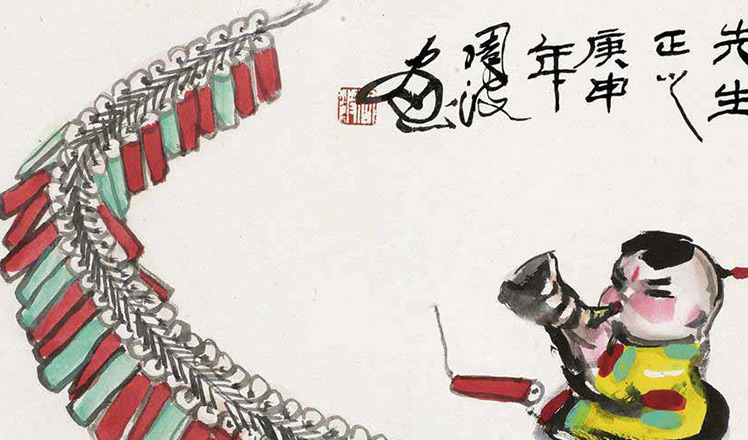
 Spring Festival in the eyes of Chinese painters
Spring Festival in the eyes of Chinese painters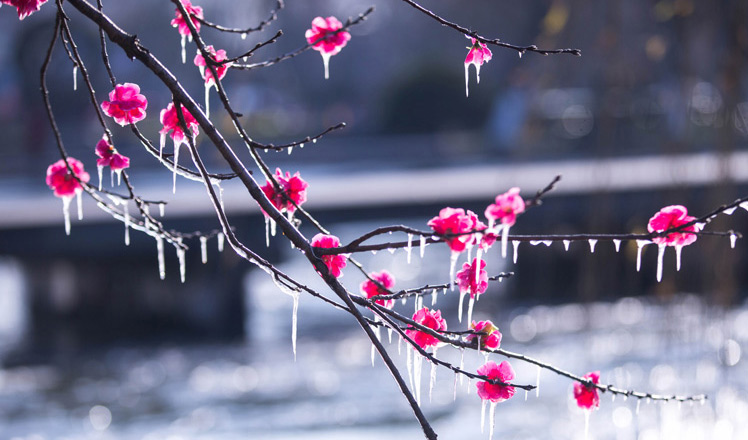
 Cold snap brings joy and beauty to south China
Cold snap brings joy and beauty to south China
 The making of China Daily's Tibetan-style English font
The making of China Daily's Tibetan-style English font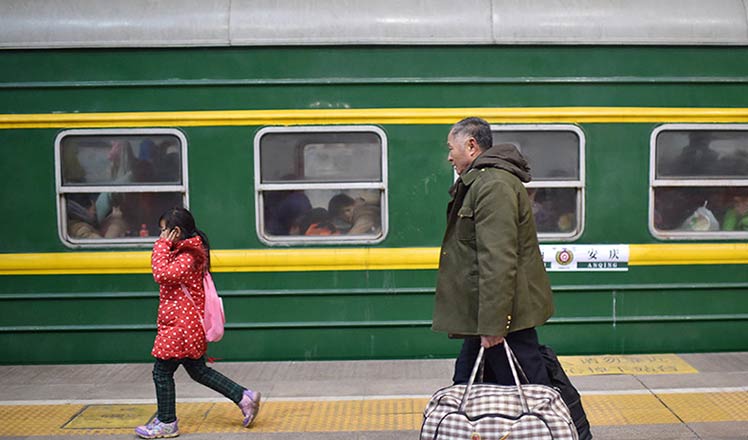
 First trains of Spring Festival travel depart around China
First trains of Spring Festival travel depart around China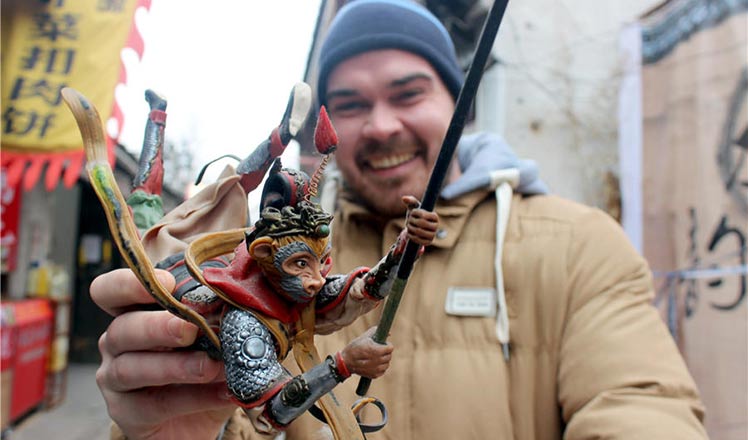
 Dough figurines of Monkey King welcome the New Year
Dough figurines of Monkey King welcome the New Year
 Ning Zetao, Liu Hong named China's athletes of the year
Ning Zetao, Liu Hong named China's athletes of the year
Most Viewed
Editor's Picks

|

|

|

|

|

|
Today's Top News
National Art Museum showing 400 puppets in new exhibition
Finest Chinese porcelains expected to fetch over $28 million
Monkey portraits by Chinese ink painting masters
Beijing's movie fans in for new experience
Obama to deliver final State of the Union speech
Shooting rampage at US social services agency leaves 14 dead
Chinese bargain hunters are changing the retail game
Chinese president arrives in Turkey for G20 summit
US Weekly

|

|







